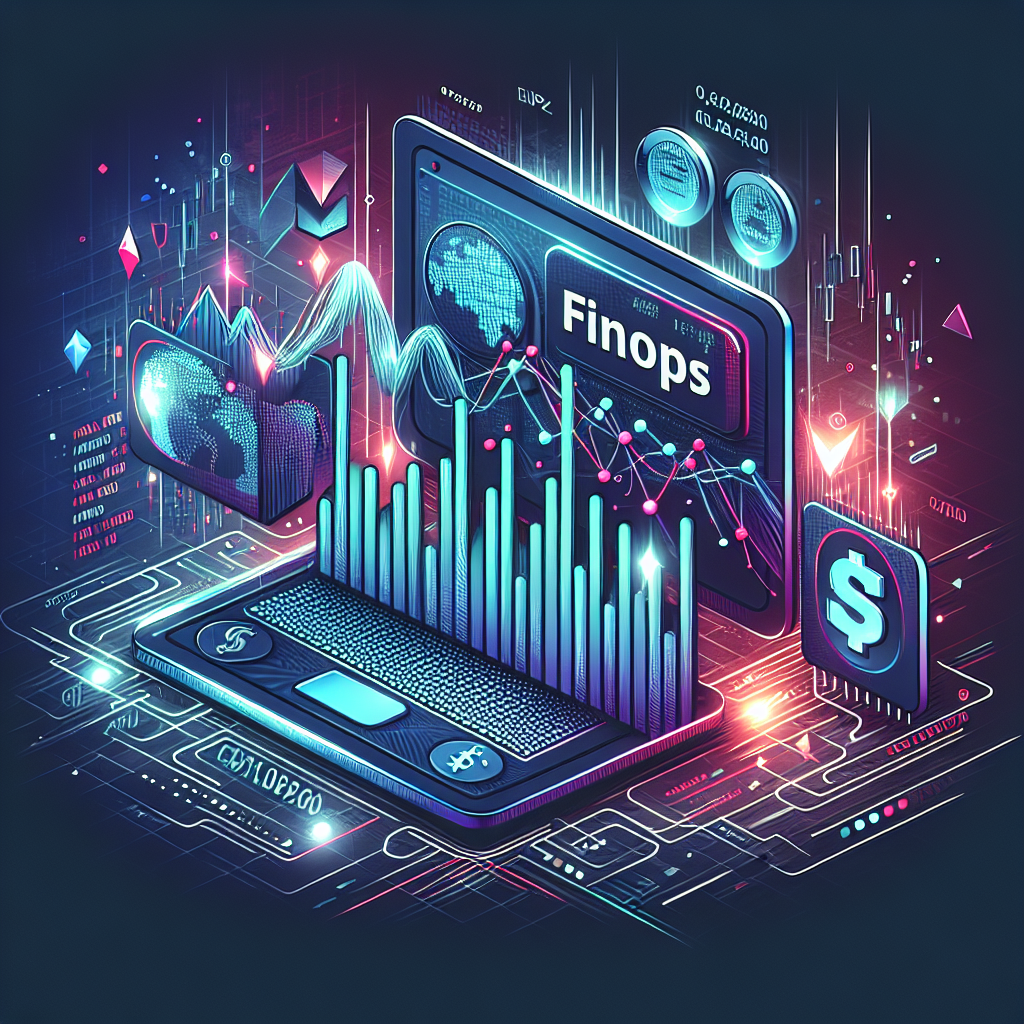Managing Azure OpenAI Costs with the FinOps Toolkit and FOCUS: Turning Tokens into Unit Economics

By Elin Andersson
As the horizon of artificial intelligence (AI) continues to expand, numerous organizations have eagerly adopted generative AI technologies, including Azure OpenAI services. However, this accelerated embrace brings with it a set of complexities—particularly when it comes to managing costs. Unlike traditional cloud services, which are typically billed by compute hour or storage gigabyte, Azure OpenAI charges based on token usage. This price model, though innovative, introduces challenges for Financial Operations (FinOps) practitioners who are tasked with understanding AI unit economics and managing these unique cost structures.
Navigating the Unique Cost Challenges of Azure OpenAI
The challenge of managing Azure OpenAI costs lies in its deviation from traditional billing norms. Here, costs are determined by the number of tokens consumed—be it input or output. Factors such as the choice of AI models (e.g., GPT-3.5 versus GPT-4 Turbo) and the complexity of prompt engineering (where longer contexts equate to more tokens) heavily influence costs. Additionally, the characteristic “bursty” usage patterns of AI services further complicate forecasting.
Without adequate visibility and tracking of unit costs, organizations may find themselves struggling to optimize expenditure or properly align costs to business value—a daunting prospect. However, by leveraging the right tools and frameworks, such as Microsoft’s FinOps toolkit and FOCUS, organizations can navigate these challenges effectively.
Step 1: Achieving Visibility with the FinOps Toolkit
The Microsoft FinOps toolkit provides a set of pre-built modules designed for analyzing Azure cost data, offering a clear starting point for those looking to manage their Azure OpenAI expenditures:
- Microsoft Cost Management Exports: Deliver daily usage and cost data in a FOCUS-aligned format.
- FinOps Hubs: Utilize Infrastructure-as-Code solutions to ingest, transform, and serve cost data efficiently.
- Power BI Templates: Access pre-built reports conformed to FOCUS standards for straightforward analysis.
Start by connecting your Microsoft Cost Management exports to a FinOps hub; then, employ the toolkit’s Power BI FOCUS templates to kickstart your reporting endeavors. Learn more about the FinOps toolkit.
Step 2: Data Normalization with FOCUS
The FinOps Open Cost and Usage Specification (FOCUS) stands as a standard bearer for billing data across providers, including Azure OpenAI. It provides a consistent schema, facilitating smooth cross-cloud comparisons and ensuring cost data clarity.
For example, fields such as ServiceName, ConsumedQuantity, and PricingUnit are standardized, ensuring consistent cost and usage tracking across varied AI services. Adopting FOCUS helps prevent discrepancies in billing data and allows for more comprehensive unit economics analysis.
Step 3: Calculating Unit Economics
A crucial aspect of managing AI costs is understanding the unit economics—that is, the cost per token. This is calculated using a simple formula:
[ \text{Unit cost per token} = \frac{\text{BilledCost}}{\text{ConsumedQuantity}} ]
By employing Power BI’s capabilities to analyze Azure OpenAI usage across different GPT models and usage types, organizations can uncover valuable insights. Through detailed reports outlining consumption metrics, costs, and SKU details, FinOps practitioners can attribute costs effectively and develop strategies to manage them.
Step 4: Allocating and Reporting Costs
The dynamic nature of AI services often necessitates a sophisticated allocation methodology. Using FOCUS and the FinOps toolkit, practitioners can allocate costs to teams, projects, or units with precision by utilizing tags, resource IDs, or custom metrics. This allocation enables organizations to attribute AI usage costs accurately and implement showback/chargeback strategies to engage stakeholders.
Iteration with FinOps Best Practices
Implementing FinOps best practices allows organizations to gradually scale their AI cost management capabilities—from initial awareness to matured practices:
- Reporting & Analytics: Visualize token costs and trends.
- Allocation: Assign costs to appropriate teams or workloads.
- Unit Economics: Monitor cost per token or business output.
- Forecasting: Predict future AI costs with improved accuracy.
- Anomaly Management: Identify unexpected usage spikes.
As organizations advance, they can iteratively refine these practices, applying consistent tagging to Azure OpenAI resources to improve allocation and reporting efficacy.
Conclusion
Understanding and managing the costs associated with Azure OpenAI services is no small feat, but with the right toolkit and methodologies, organizations can transform what initially seems like a daunting task into an opportunity for strategic financial optimization. As AI services continue to evolve, the insights gained from well-managed cost practices will inevitably pave the way for greater business value.
To take control of your Azure OpenAI costs, consider deploying the Microsoft FinOps toolkit, adopting FOCUS for cost data normalization, and utilizing Power BI for detailed unit economics analysis. Join the FinOps community discussions to share insights and advance your skills.
Further resources and reading can provide deeper insights into managing AI workload costs and enhancing your team’s FinOps capabilities:
- Managing the cost of AI: Understanding AI workload cost considerations
- Microsoft FinOps toolkit
- Learn about FOCUS
- Microsoft Cost Management + Billing
- FinOps Foundation
Take the next step towards comprehensive cost management and make AI a cornerstone of strategic organizational success.